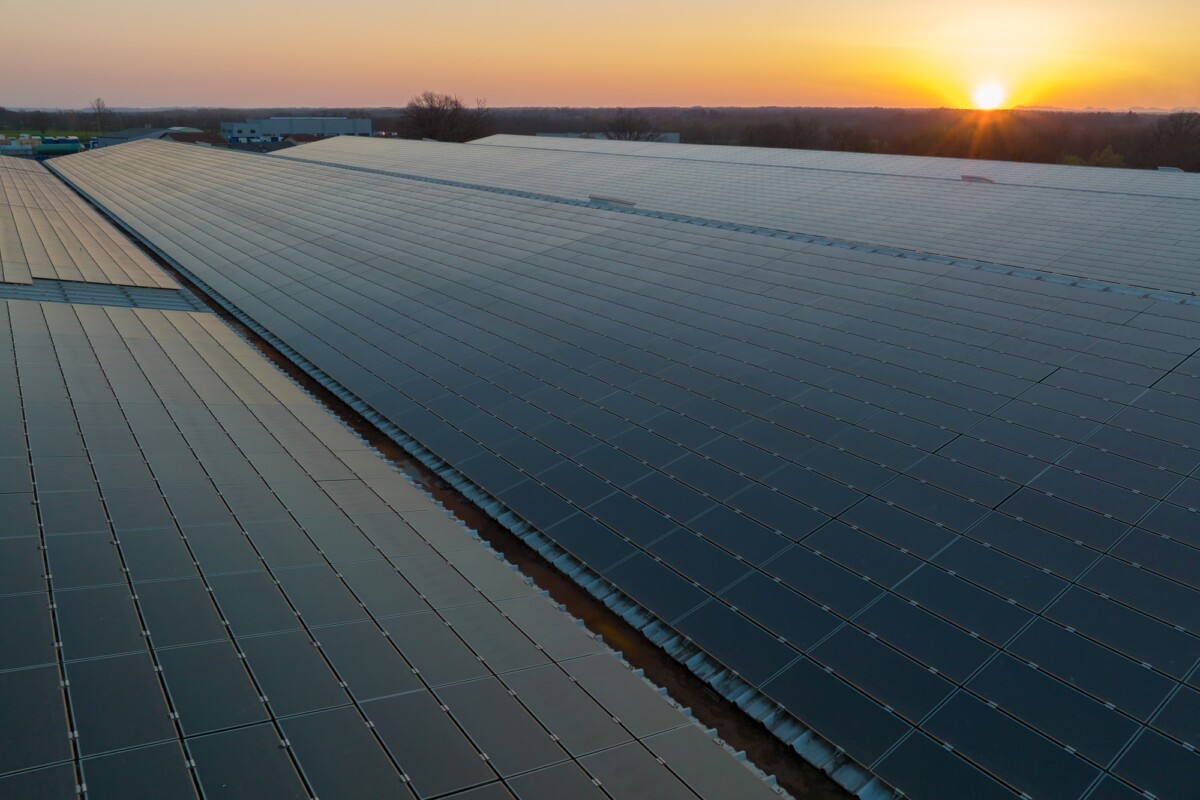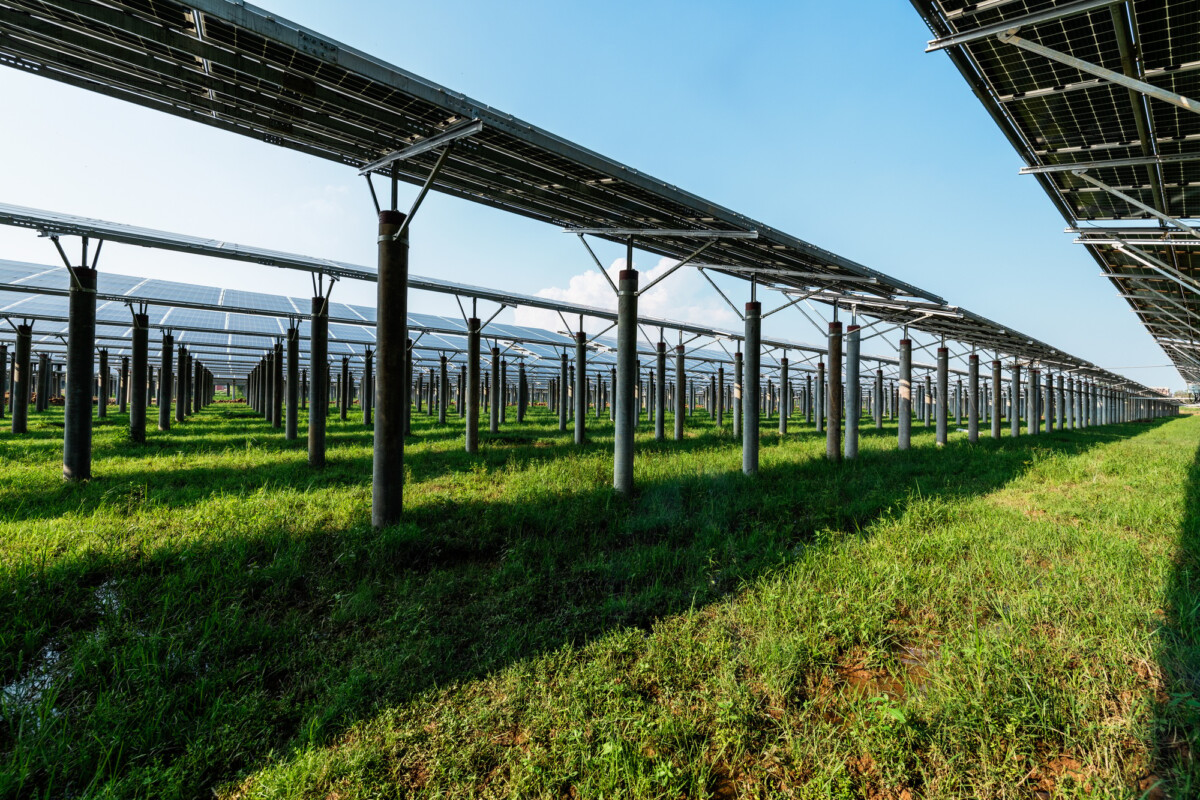Understanding the Dynamics of Polysilicon Price Fluctuations
In the ever-evolving world of solar energy, the Polysilicon Price is a critical factor that can make or break the economics of solar panel production. As the primary raw material for photovoltaic cells, polysilicon’s cost directly impacts the affordability and accessibility of solar technology. However, the problem lies in its notorious price volatility, driven by a complex interplay of supply chain dynamics, geopolitical factors, and technological advancements. But fear not, understanding these dynamics can empower businesses and consumers alike to navigate this fluctuating market with confidence.
Key Factors Influencing Polysilicon Price
- Supply and Demand: The balance between global production capacity and the demand for solar panels significantly affects polysilicon prices. When demand outpaces supply, prices surge, and vice versa.
- Technological Advancements: Innovations in manufacturing processes can reduce production costs, potentially lowering prices. However, the adoption of new technologies can also lead to temporary price hikes due to initial investment costs.
- Geopolitical Influences: Trade policies, tariffs, and international relations can disrupt supply chains, causing price fluctuations. For instance, tariffs on Chinese imports have historically impacted polysilicon prices in the U.S.
Navigating Price Volatility
To mitigate the impact of polysilicon price fluctuations, stakeholders can adopt several strategies:
- Diversification: Sourcing polysilicon from multiple suppliers across different regions can reduce dependency on a single market.
- Long-term Contracts: Engaging in long-term supply agreements can provide price stability and predictability.
- Investing in Technology: Supporting research and development in alternative materials or more efficient production methods can offer long-term cost benefits.
By understanding and adapting to these dynamics, businesses can better position themselves in the competitive solar market, ensuring sustainability and profitability despite the inherent challenges of polysilicon price volatility.
What Factors Influence the Global Polysilicon Price?
In the ever-evolving world of renewable energy, the Polysilicon Price plays a pivotal role. As the backbone of solar panel production, polysilicon’s cost can significantly impact the solar industry’s growth and sustainability. But what exactly drives these price fluctuations? Understanding these factors can empower businesses and investors to make informed decisions, ensuring they stay ahead in the competitive energy market.
Supply and Demand Dynamics
One of the primary factors influencing the Polysilicon Price is the classic economic principle of supply and demand. When demand for solar panels surges, the need for polysilicon rises, often leading to price increases. Conversely, if production outpaces demand, prices may drop. Monitoring these trends can provide insights into future price movements.
Production Costs and Technological Advancements
The cost of producing polysilicon is another critical factor. Technological advancements can lead to more efficient production processes, potentially lowering costs. However, if raw material prices rise or if there are disruptions in production, such as natural disasters or geopolitical tensions, the Polysilicon Price can spike.
- Raw Material Costs: Fluctuations in the cost of raw materials like silicon can directly affect polysilicon prices.
- Technological Innovations: New technologies can reduce production costs, impacting overall pricing.
Government Policies and Trade Regulations
Government policies and international trade regulations also play a significant role in shaping the Polysilicon Price. Tariffs, subsidies, and import/export restrictions can either inflate or deflate prices. For instance, tariffs on imported polysilicon can increase costs for domestic manufacturers, influencing the global market.
By keeping an eye on these factors, stakeholders can better navigate the complexities of the polysilicon market, ensuring they make strategic decisions that align with both current trends and future projections.
The Impact of Polysilicon Price on Solar Energy Markets
In the ever-evolving landscape of renewable energy, the Polysilicon Price plays a pivotal role. As the primary raw material for solar panels, fluctuations in its cost can significantly impact the solar energy market. The problem is clear: when polysilicon prices soar, the cost of solar panels rises, potentially slowing the adoption of solar technology. However, there is a promise of stability as the industry adapts and innovates to mitigate these price swings.
Understanding Polysilicon’s Role
- Key Component: Polysilicon is essential for photovoltaic cells, making it a critical factor in solar panel production.
- Price Volatility: Market dynamics, such as supply chain disruptions or increased demand, can cause polysilicon prices to fluctuate.
Effects on Solar Market Dynamics
When polysilicon prices increase, manufacturers face higher production costs, which can lead to more expensive solar panels for consumers. This price hike might deter potential buyers, slowing down the transition to renewable energy. Conversely, when prices drop, solar technology becomes more accessible, encouraging broader adoption and investment in solar infrastructure.

Ready to make the switch? Discover how solar power can lower your bills and boost your home’s efficiency. Get a Free Solar Estimate at FREE SOLAR POWER QUOTES
Strategies for Mitigating Price Fluctuations
- Diversification: Companies are exploring alternative materials and technologies to reduce reliance on polysilicon.
- Innovation: Advancements in production efficiency can help stabilize costs, ensuring that solar energy remains a viable and attractive option for consumers.
In conclusion, while the Polysilicon Price is a critical factor in the solar energy market, ongoing innovations and strategic planning can help mitigate its impact, fostering a more sustainable and resilient energy future.
How Do Supply Chain Challenges Affect Polysilicon Price?
In the ever-evolving world of solar energy, the Polysilicon Price is a crucial factor that can make or break the market dynamics. As the demand for solar panels rises, so does the need for polysilicon, a key component in their production. However, supply chain challenges have created a ripple effect, impacting prices significantly. Let’s explore how these challenges shape the polysilicon market and what it means for the future.
Supply Chain Disruptions
Supply chain disruptions can lead to significant fluctuations in the Polysilicon Price. Factors such as natural disasters, geopolitical tensions, and logistical bottlenecks can halt production or delay shipments. These disruptions often result in a scarcity of polysilicon, driving prices up as manufacturers scramble to meet demand.
- Natural Disasters: Earthquakes or floods can damage production facilities.
- Geopolitical Tensions: Trade wars or sanctions can restrict access to raw materials.
- Logistical Bottlenecks: Port congestion or transportation strikes can delay shipments.
Impact on Solar Industry
The ripple effect of rising Polysilicon Prices extends to the solar industry, affecting both manufacturers and consumers. Higher costs for raw materials mean increased production expenses for solar panel manufacturers, which can lead to higher prices for end consumers. This can slow down the adoption of solar technology, impacting global sustainability goals.
Future Outlook
Despite these challenges, the future of polysilicon remains promising. Innovations in production technology and strategic partnerships can help stabilize the Polysilicon Price. By diversifying supply sources and investing in resilient infrastructure, the industry can mitigate the impact of supply chain disruptions, ensuring a steady supply of this vital material.
Polysilicon Price Trends: Historical Insights and Future Predictions
Understanding the Polysilicon Price is crucial for stakeholders in the solar energy and semiconductor industries. Historically, polysilicon prices have experienced significant fluctuations, driven by supply-demand dynamics and technological advancements. The challenge lies in predicting these trends accurately to make informed investment decisions. However, by analyzing historical data and current market conditions, we can gain valuable insights into future price movements.
Historical Price Fluctuations
The Polysilicon Price has seen dramatic shifts over the past two decades. Initially, prices soared due to limited supply and burgeoning demand from the solar industry. However, as production technologies improved and new players entered the market, prices began to stabilize. Key historical events, such as the 2008 financial crisis and subsequent market recovery, have also played pivotal roles in shaping price trends.
Current Market Dynamics
Today, the Polysilicon Price is influenced by several factors, including:
- Global Supply Chain Disruptions: Recent geopolitical tensions and pandemic-related disruptions have impacted production and distribution.
- Technological Advancements: Innovations in production processes have led to cost reductions, affecting prices.
- Government Policies: Subsidies and tariffs in major markets like China and the U.S. significantly impact pricing.
Future Predictions
Looking ahead, the Polysilicon Price is expected to remain volatile but generally trend downward as technology continues to advance and production becomes more efficient. However, potential regulatory changes and shifts in global energy policies could introduce new variables. Investors and industry players should stay informed and agile to navigate these changes effectively.
Navigating Polysilicon Price Volatility: Strategies for Investors
In the dynamic world of renewable energy, the polysilicon price is a critical factor that can significantly impact investment decisions. As the backbone of solar panel production, polysilicon’s price fluctuations present both challenges and opportunities for investors. Understanding these price dynamics is essential for making informed decisions and maximizing returns in the solar energy market.
Understanding Polysilicon Price Volatility
Polysilicon prices are influenced by a myriad of factors, including supply chain disruptions, technological advancements, and geopolitical tensions. Investors must stay informed about these elements to anticipate market shifts.
- Supply and Demand: Changes in global demand for solar energy can lead to price spikes or drops.
- Technological Innovations: Advances in production methods can reduce costs, affecting prices.
- Geopolitical Factors: Trade policies and international relations can cause significant price volatility.
Strategies for Navigating Price Fluctuations
To navigate the unpredictable polysilicon price landscape, investors can adopt several strategies:
- Diversification: Spread investments across different sectors to mitigate risks associated with polysilicon price changes.
- Market Analysis: Regularly analyze market trends and forecasts to make timely investment decisions.
- Long-term Perspective: Focus on long-term growth potential rather than short-term price fluctuations.
By understanding the intricacies of polysilicon price volatility and implementing strategic investment approaches, investors can better position themselves to capitalize on the evolving solar energy market.
How FreeSolarPower Can Help You Navigate Polysilicon Price Changes
In the ever-evolving landscape of the solar industry, keeping a keen eye on polysilicon price fluctuations is crucial. These price changes can significantly impact manufacturing costs and, ultimately, the affordability of solar technology. But fear not, as FreeSolarPower is here to guide you through these turbulent waters, ensuring you stay informed and ahead of the curve.
Understanding Polysilicon Price Dynamics
Polysilicon prices are influenced by a myriad of factors, including supply chain disruptions, geopolitical tensions, and technological advancements. At FreeSolarPower, we provide comprehensive insights into these dynamics, helping you understand the underlying causes of price shifts. Our expert analyses break down complex market trends into digestible information, empowering you to make informed decisions.
- Supply and Demand: We monitor global supply and demand trends to predict potential price changes.
- Technological Innovations: Stay updated on how new technologies can affect production costs and prices.
Tailored Strategies for Your Business
Navigating polysilicon price changes requires strategic planning. FreeSolarPower offers tailored strategies to help your business adapt to market fluctuations. Whether you’re a manufacturer, supplier, or investor, our customized solutions ensure you can mitigate risks and capitalize on opportunities. With our support, you can confidently steer your business towards success, regardless of market volatility.
The Role of Technological Advancements in Shaping Polysilicon Price
Polysilicon price fluctuations have captured the attention of industries worldwide, primarily due to their impact on solar energy and electronics. The problem arises when these prices become unpredictable, affecting production costs and market stability. However, technological advancements promise to stabilize and potentially reduce these costs, offering a brighter future for manufacturers and consumers alike.
Technological innovations play a pivotal role in influencing polysilicon price. As production techniques evolve, they enhance efficiency and reduce waste, directly impacting costs. For instance, the development of improved purification processes has significantly lowered production expenses, making polysilicon more affordable. This, in turn, helps stabilize the market, benefiting both producers and end-users.
Key Technological Advancements
- Purification Techniques: Advanced methods like the Siemens process have revolutionized the purification of silicon, reducing energy consumption and lowering costs.
- Automation: The integration of automation in manufacturing processes enhances precision and reduces labor costs, contributing to more stable pricing.
Moreover, the adoption of renewable energy sources in polysilicon production is another technological leap forward. By utilizing solar and wind energy, manufacturers can cut down on electricity costs, further influencing the polysilicon price positively. These advancements not only promise cost efficiency but also align with global sustainability goals, making the future of polysilicon production both economically and environmentally promising.
Join the solar movement today! Thousands are already saving—claim your free consultation to get started. Schedule Your Free Consultation at FREE SOLAR POWER QUOTES
Interested in more options? Take a look at SOLAR ENERGY for tailored solar solutions that suit your home!











